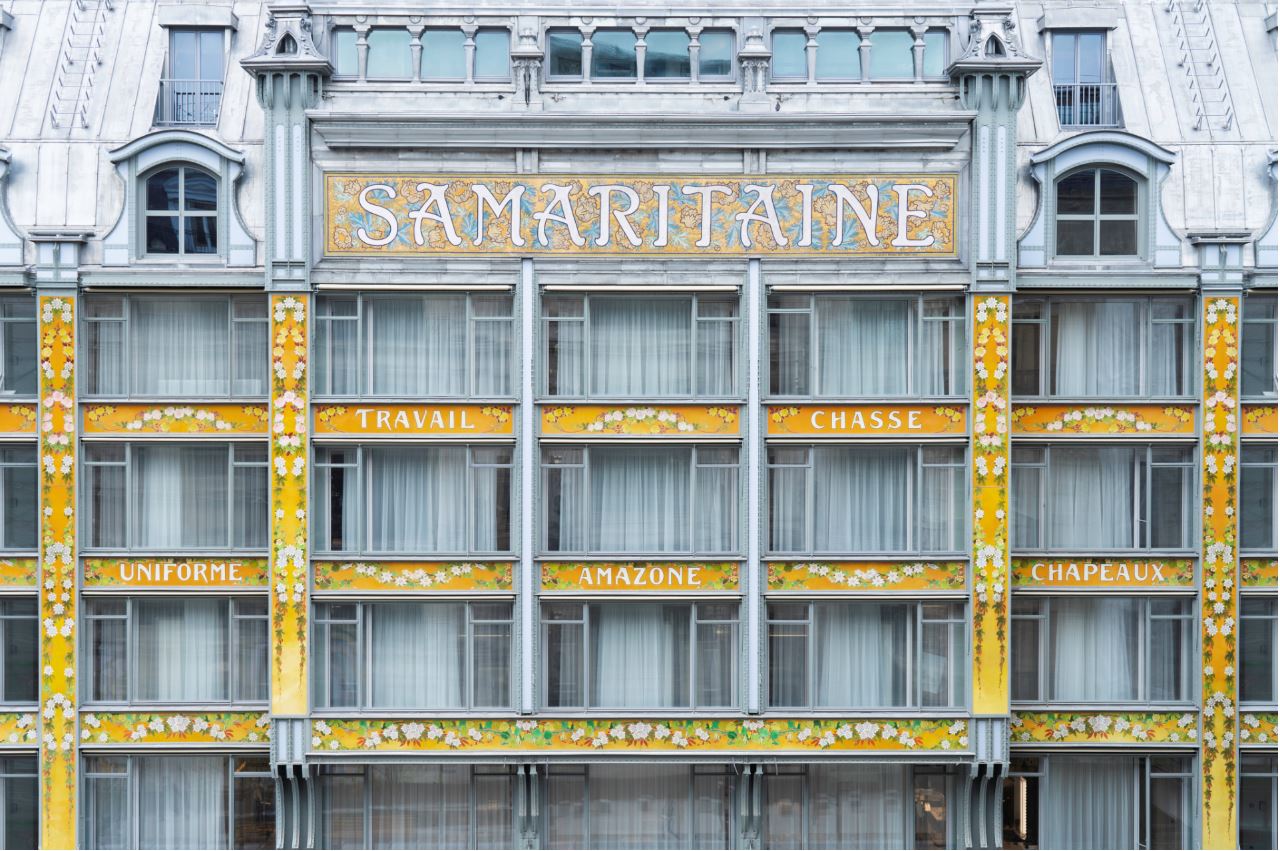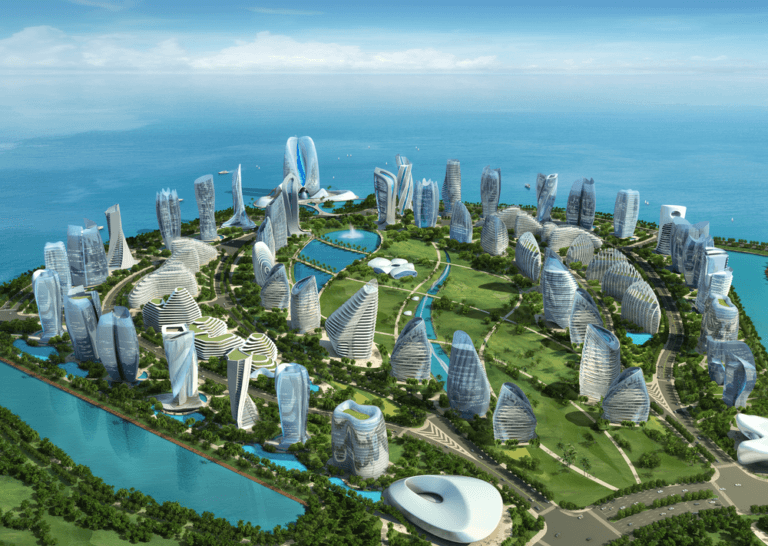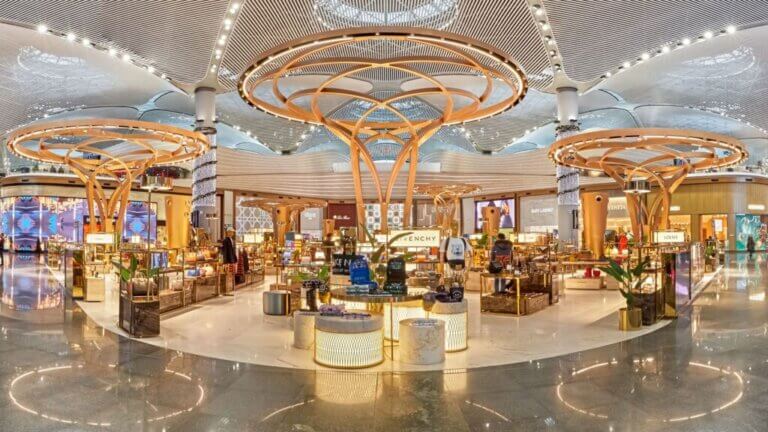In a post-pandemic era, luxury department stores are catering to both domestic and global tourist customers.
The former group are looking for discovery retail in their own city centres with pent-up demand driving the return of physical store visits. While the latter are slowly returning as confidence in travel grows and international borders start to open up.
However, as the recovery for international travel in Western Europe remains muted, it’s interesting timing this June, for LVMH to re-open its long-awaited La Samaritaine Paris Pont-Neuf location, after 16 years closure and a €750m refurbishment.
While the no-expense spared city landmark-style placemaking strategy is being seen as bullish, this has been and will continue to be, a long tail masterplan for LVMH. The grand opening of the Art Nouveau and Art Deco luxury department store complete with 12 restaurant concepts, office space, residential levels and an adjacent luxury hotel, Cheval Blanc Paris, is a statement of the luxury group’s commitment to French ‘art de vivre’.
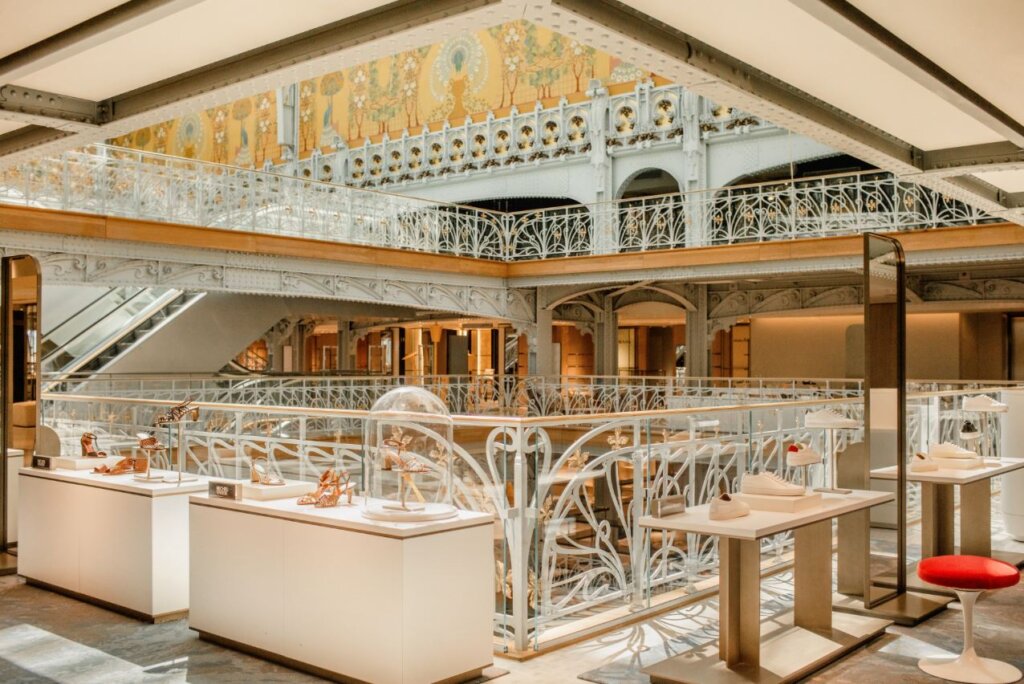
DFS was a natural choice to operate the 20,000 sq m of retail at La Samaritaine. The LVMH-owned travel retailer, part of the group’s Select Retailing division, has been increasingly focused on downtown tourism locations over its more traditional airport stores.
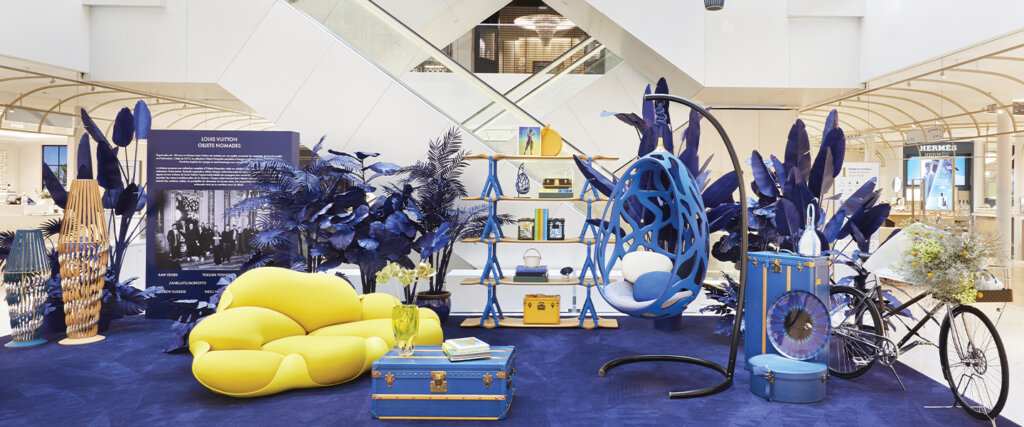
Pitching itself as a travel retail destination – in the hands of expert DFS – means La Samaritaine will not only appeal to DFS’s core luxury globe shopping customers, but it will tap into the retailer’s core Asia-based database of high spenders. Underscoring this strategy is one of La Samaritaine’s major attractions: the biggest beauty hall in Europe over 3400 sq m of floor space.
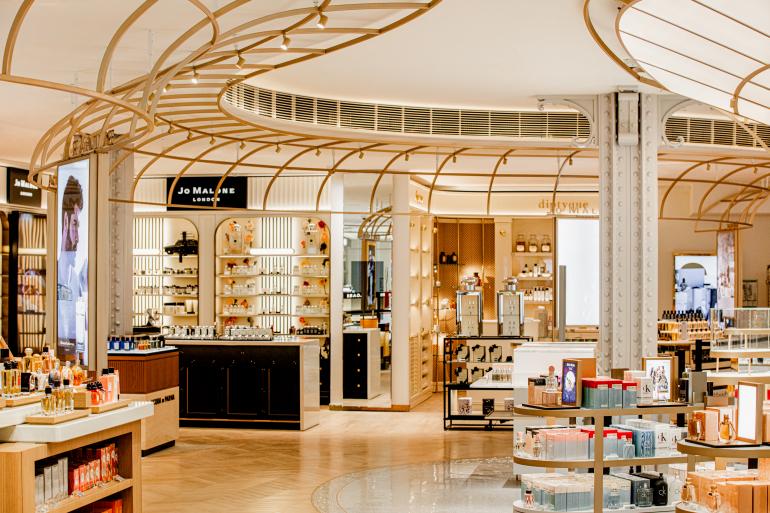
With DFS’ recent focus on omnichannel and digital innovations that chime with Chinese shopping habits – such as tax-free shopping, KOL-driven WeChat content and payments via Alipay or WeChat Pay, DFS is in prime position to marry its high-end service offer with La Samaritaine’s unique Parisienne culture offer.
“It was important to make a store that would be differentiating, given the competitive environment in Paris, so we conceived it as a place for living and strolling,” says Eléonore de Boysson, President Europe and Middle East DFS Group.
DFS Group CEO Benjamin Vuchot says: “For over 60 years, DFS has provided global travellers with luxurious, inspiring and exciting retail experiences in some of the most iconic locations around the world. In restoring Samaritaine to Paris, we are delighted to welcome a new generation of discerning customers, transcending their highest expectations of what this beautiful city can offer.”
Vuchot acknowledges to Vogue Business that trade at La Samaritaine may be slow initially. “We know that we still have 18 challenging months ahead,” he says. “We expect a return to a decent level of travellers by mid-2022.” Vuchot predicts La Samaritaine will receive 5 million visitors per year when tourism levels return to 2019 levels.
There is an intentional juxtaposition of appealing to both international tourists and locals alike. La Samaritaine is positioning itself in the heart of Paris’ cultural epicentre, the 1st arrondisement, where a number of renovated museums, alongside world-famous attraction the Louvre, not to mention the Seine (and Pont Neuf), are nearby.
De Boysson says targeting locals is a major part of the strategic plan for Le Samaritaine. “It’s important for us that Parisians come back to this place that is so special to them, that they first come out of curiosity and return because they find the experience amazing. This is also what will make the tourists come [to] an iconic and authentic place where Parisians go.” The fact that the store features locally relevant, luxury gastronomic destination concepts such as Parisienne, conceived by gourmet grocer Maison Pisson, will be a major pull for locals.
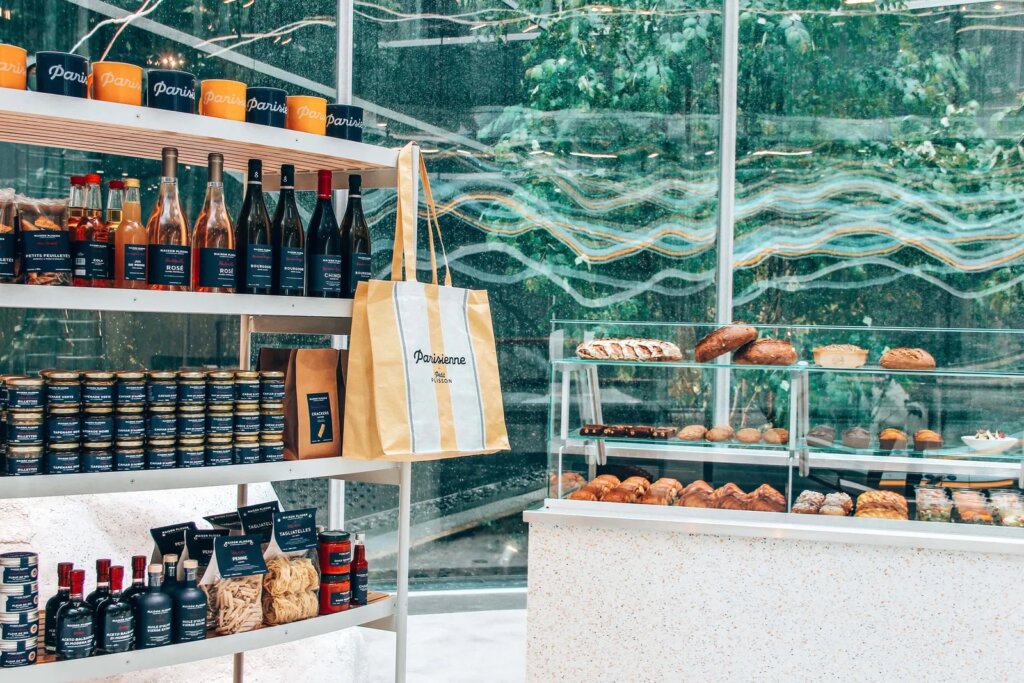
American HNWIs incoming
Europe is starting to open up. The EU says it is ready and waiting for overseas tourists to visit its iconic landmarks, both cultural and commercial.
According to new ForwardKeys bookings data, this summer, Europe may well see increased numbers of long-haul travellers, mainly Americans who have seen restrictions for EU travel lifted recently.
“What is interesting is there is more high-class travel happening this year, compared to 2019”, says Luis Millan, Market Research Manager at ForwardKeys.
This is particularly visible in the case of US travellers to EU countries. Overall, there has been an increase in the share of Economy Premium and Business class tickets by 5.8% for all international tickets to EU, and by 7.1% in the case of US travellers. Italy remains the number one EU destination for US travellers, even though it is still way behind 2019 levels. And the shift towards luxurious travel is highlighted greatly on this trans-Atlantic route with an increase in shares of high-class cabins by 14%.
“We have also checked France as it is famous for luxury travel in Europe and similar as for Italy, it is still 80% behind 2019 levels, but 25.3% of tickets issued for travel from the US to France are of high-class cabins which is an increase by 9.4%,” says Millan.
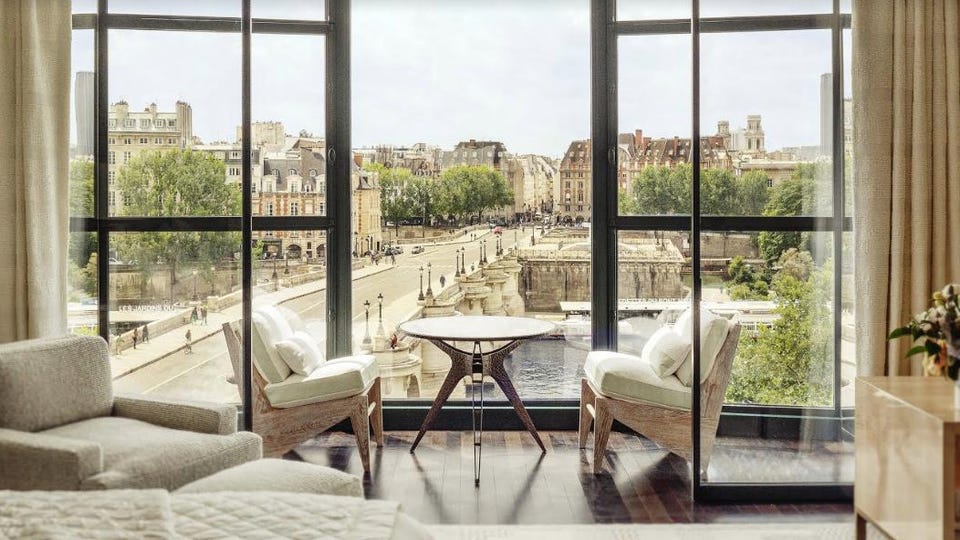
Experience innovations
Exclusive experiences in-store are driving the reinvention of modern department stores – from La Samaritaine in Paris to Selfridges and Harrods in London. These landmarks stores are loading up on cultural or community experiences that allow them to differentiate from global online marketplaces and luxury brands reclaiming their physical retail presence with distinctive flagships.
La Samaritaine has much to offer in terms of cultural heritage experience: visitors can book a guided tour of the building with an art historian or take a closer look at the restoration process for the Art Nouveau glass roof or paintwork for the Art Deco interiors; there are also several options for champagne or cognac tastings within concepts dedicated to LVMH’s storied liquor brand houses. “In a world where shopping is undergoing tremendous change, we have to find different solutions. Hence the food & beverage, the spa, the hair salon,” says Vuchot. “We strive to move away from the purely transactional side.”
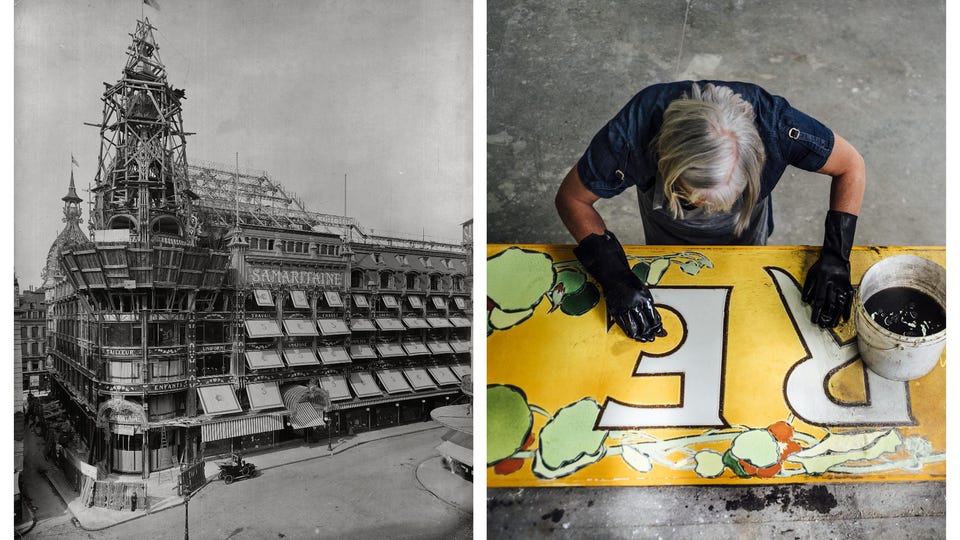
Harrods has opened a couple of stand-alone H Beauty concept stores in out-of-town locations around the UK, with more on the way in 2021. The beauty-centric flagships are focused on experience – complete with ‘playtables’ for product testing, fast blow dry stations and champagne bars – and bring 80 of the retailer’s 150 global beauty brands on offer at the flagship store in London.
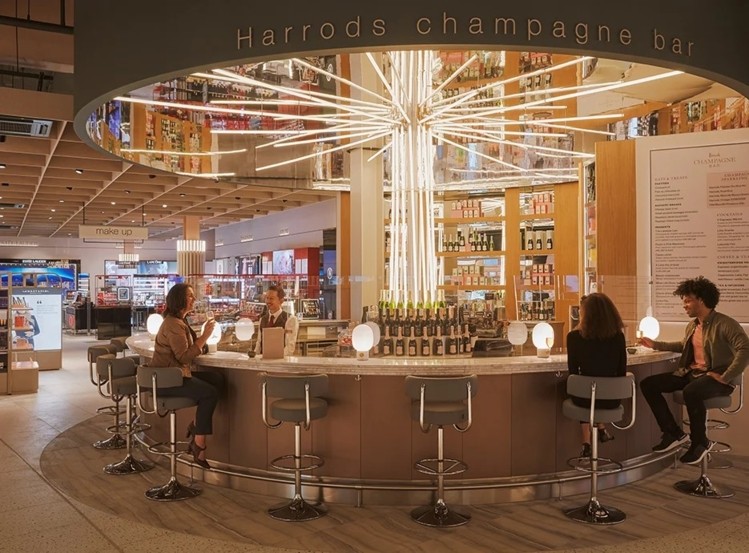
According to Fflur Roberts of Euromonitor, this focus on local, experience and innovation around specialist retail is key for the luxury retail sector that needs to diversify in order to attract younger and new customer groups, especially while overseas customers are on pause. “The H Beauty store concept is all about experience and is essentially taking the essence of what’s great about the new beauty halls in Harrods and making this accessible to a far more broader audience and demographic,” she says.
Selfridges has been pivoting towards campaigns that have more appeal to the local community since before the pandemic and international customers dropped from its usual footfall.
According to recent news reports, Selfridges’ approach to experiential retail – especially in a retail climate where many department stores are in trouble – has attracted a sale offer valuing the chain at $5.7bn. Proving that it has been relatively immune to dropping footfall numbers and leaving intact its reputation as a social hub worthy of people’s time and money through popular brand activations (like a Dior Riviera café and pop-up shop on the store’s roof) and a sprawling handbag gallery where Fendi or Louis Vuitton choose to launch exclusives, which continue to attract both locals and domestic tourists, says Business of Fashion.
Over the last 18 months, the iconic London department store has reinvented itself as a centre for sustainability issues with its campaigns such as ‘Project Earth’ and ‘Re-Selfridges’ and generally driving a purpose message of ‘The Way We Shop’. This strategy has been geared towards the London and domestic market, especially while its more usual customers from China, the Middle East and the US have been unable to travel overseas.
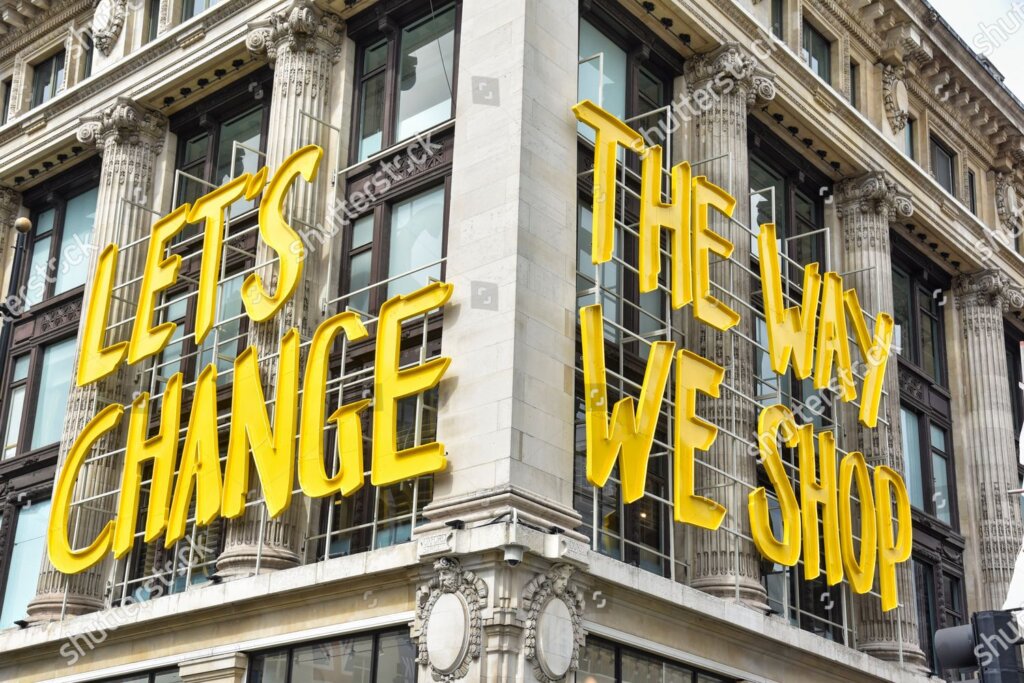
Two recent campaign highlights showcase the retailer’s new strategy.
In May the store became a wedding venue, launching a wedding service for up to 30 guests to east pent-up demand for couples who have had to cancel their plans due to social distances lawas in the UK. The personalised wedding package service represents a new civic use case for the retailer and is an indication of quite how much department store retail is evolving. These type of multi-use landmark stores are becoming high-rise high streets – a destination in their own right offering an extended service beyond just retail moments.
In June and July Selfridges is catering to the booming interest in horticulture in the UK, launching a gardening centre pop-up concept at its London flagship, Manchester and Birmingham store locations.
“A garden centre is evocative but familiar, and has provided rich inspiration for our teams, literally and creatively,” says Hannah Emslie, the creative director of Selfridges. “We know our customers are more interested in gardening and greening than they ever have been. And so, we are playing with the idea by bringing the essentials of a typical garden centre to our stores.”
In a move away from its more usual luxury merchandise remit, the store is retailing plants, compost and garden gnomes alongside special and unexpected Selfridges products with a sense of fun and imagination as it continues to explore pleasure in nature this year, Selfridges says.
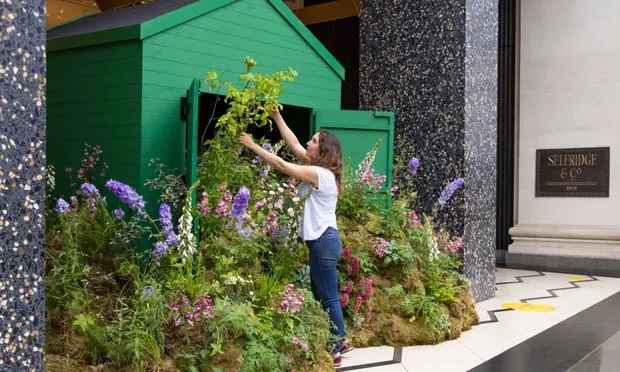
Airport re-inventions
The commercial retail offer at airports is moving into the direction of department stores. The diverse passenger mix and large floor space opportunities provide the perfect dynamic to allow for airports to experiment with their retail offer in line with the latest trends.
The Circle at Zurich Airport opened in November 2020 and is described by the airport as a “modern usage concept” and leisure destination including retail, restaurants, headquarters for international companies, hotels and a congress centre. The location is both a city-centre and travel hub appealing to both locals and overseas visitors
Zurich Airport’s Head of Commercial Centres Heidi Köpple says retail is a key factor for appealing to the city’s visitors – both domestic and international – the airport’s focus is to have “ever-changing platforms” as it wants to have a dynamic mix of brands that deliver on experience, entertainment and content.
She highlighted the airport’s latest retail project at the Circle, which has been developed in collaboration with Zurich’s leading luxury department store, Jelmoli. Within the Circle are two (curved) 2000 sq m retail spaces each called the ‘Lifestyle House’ and the ‘Sports House’ respectively and feature a curated offer of brands that will appeal to the airport’s remit of being known for its “Swissness”. The Circle is designed to mix retail with leisure offer plus co-working spaces and hotel tenants – none of which is airside. It’s designed to appeal to the city’s local demographic who may commute to the airport due to its close proximity to the city, as well as passengers actually travelling in or out of the airport.
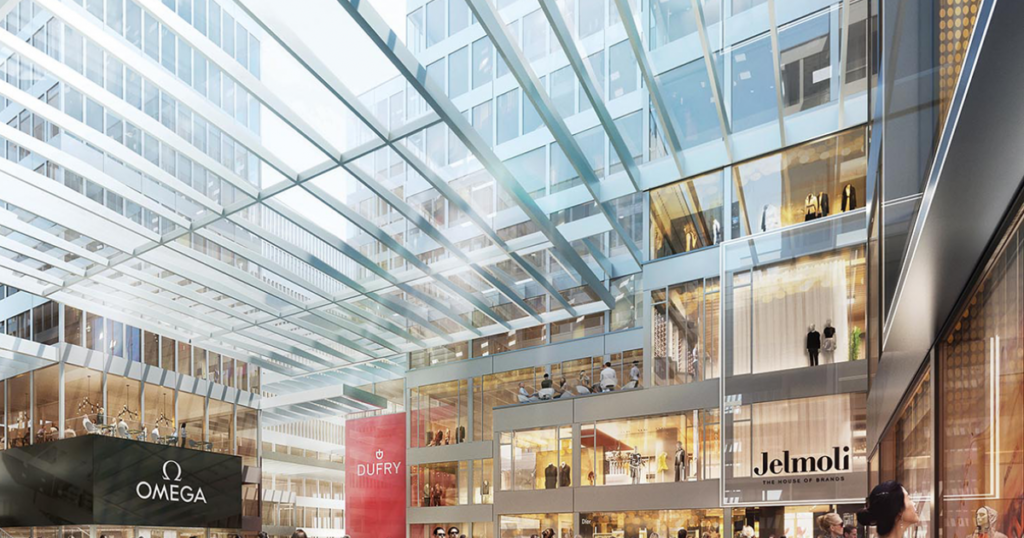
While it’s not quite a department store, Zurich Airport has partnered with streetwear media title, Highsnobiety for a ‘first of its kind’ luxury retail and multi-channel hub called GATEZERO. The concept store will be open for six months between November 2021 and May 2022 and will focus on cutting-edge luxury streetwear from brands such as Acne Studios, Balenciaga, Byredo, Saint Laurent and Salomon. ‘Travel retail environments are full of luxury brands and products but none of them focus on the new generation of luxury consumers like we do,” says David Fischer, CEO of Highsnobiety.
Luxury Square at Istanbul Airport was unveiled in late 2019 as a luxury department store style collaboration between airport retail operator, ATÜ Duty Free and global duty free specialist, Gebr. Heinemann.
ATÜ’s strategy for both the Luxury Square and the surrounding retail space is one of a growing luxury portfolio. The brand mix depends on the performance of the luxury flagships that circle the 1000 sq m central area, according to ATÜ CEO Ersan Arcan.
“The focus is on maximizing the Luxury Square potential, it has almost 1km of prime retail space. We want as many luxury brands as possible to try out our new multi-brand concept and the ongoing mix will depend on brand performance.”
“We have set a precedent for this monobrand plus multi-brand environment in global airport retailing. We have looked to domestic department stores for inspiration There will always be a luxury dynamic at the airport, this is a new benchmark for this style and feel of a multi-brand duty free store.”
The merchandise mix within the Luxury Square area is designed to appeal to both international and local passengers and ranges from Burberry to Valentino to Kenzo and Loewe and Marc Jacobs. The space is open-plan and brand areas are interlinked by common gilt-edged retail furniture that has the effect of a luxury department store setting.
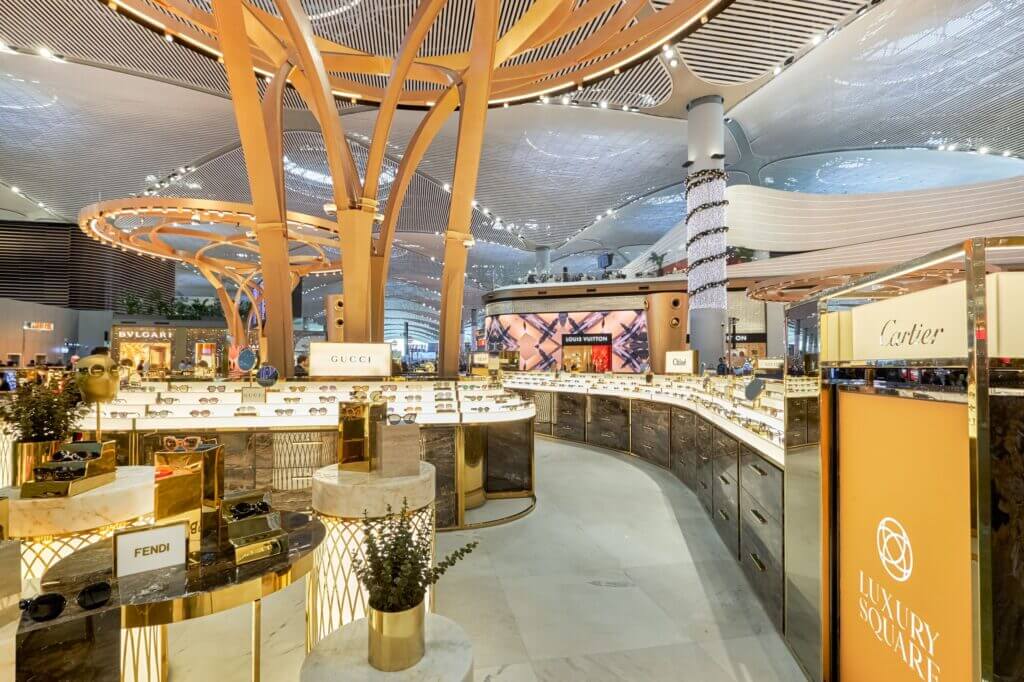
Department stores have also inspired Heinemann’s duty-free multi-brand spaces for its airport locations in Hamburg, Budapest, Berlin, Moscow-Domodedovo as well as Moscow-Sheremetyevo. The flexible retail spaces focus on leather goods, sunglasses, ready-to-wear, plus watches and jewellery – the close proximity of the branded areas and a steady flow of passengers means Heinemann can experiment with the merchandise mix depending on time of day, flights and mix of nationalities using these airports.
Echolution takeout:
Department store retailing is evolving. Taking their mixed-usage cues from both local and international customers, the breadth of offer and size of these destination stores means they can flex to appeal to both downtown visitors looking for a localised experience, as well as a more global customer base in search of tourist experience based on the heritage and culture of the locale.

